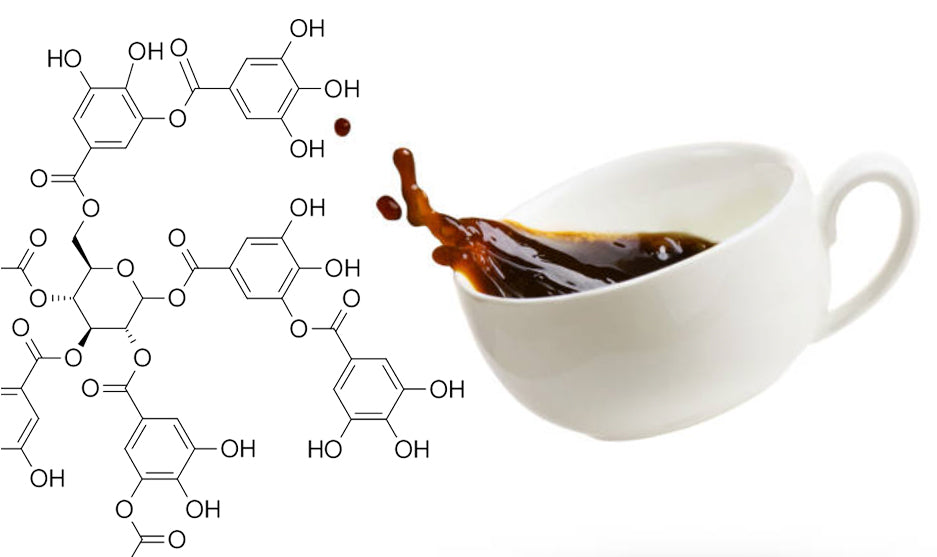The other day, someone asked me if there were tannins in coffee. The short answer is, yes, if we define tannins broadly enough, as gallic acid derivatives. But, the truth is a bit, though not much, more complicated.
Some confusion arises from the fact that there are different types of tannins. For example, there are hydrolyzable tannins (water soluble) and condensed tannins (non hydrolyzable) and phlorotannins (found in brown algae). More confusion arises from the fact that there are also different types of acids...
To keep it simple yet still meaningful, remember that the term "tannin" originates from the tradition of using wood tannins from oak to tan animal hides. (Tanna is the Old German word for oak or fir tree.) Strange to think that such a substance would be suitable for human consumption. However, as most wine and coffee lovers know, the contrary is the case.
A polyphenolic compound naturally occurring in plants, tannic acid, whether in wine or coffee, is astringent, resulting in drier mouthfeel. More research is required to measure tannins in coffee, but the general effect of acidity in the cup is enhanced depth of character and complexity of structure.
More about depth, structure, and acidity in our next post about coffee and acidity.



